| Columns Retired Columns & Blogs |
"Definitely, effusively and highly recommended" ........ That is what KM said, after reviewing Naim Uniti Nova integrated amp :-) ........
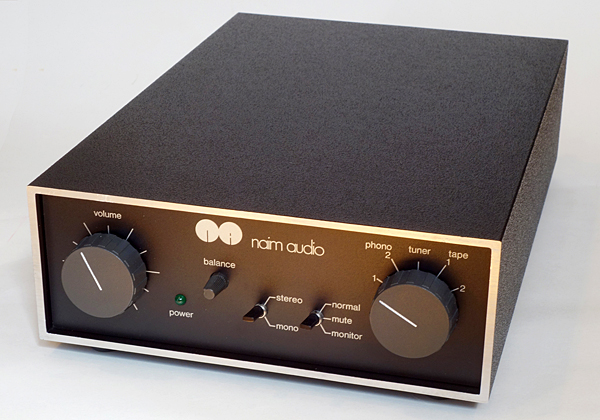
As with the Nait 2 integrated amp I wrote about in the May 2016 Stereophile, the Naim components in question had been serviced by AV Options (footnote 3), a US company whose star technician is UK-born Chris West, who worked for Naim for a goodly number of years. (AV Options is also an authorized Naim Audio service center and has expanded into retailing, via internet, a few products that fit their Naim-friendly view of the hi-fi world.) The NAC 32-5 was given the basic AVO rebuild service for that model, includ- ing upgraded locking DIN sockets from PrehKeyTec of Germany ($995) and WBT Nexgen RCA jacks, treated with AVO's "Deep-Cryo" cryogenic treatment ($180), in place of the original BNC Phono-1 sockets. The preamp's MM phono-input boards were rebuilt ($195) and fitted with Vishay Z Foil loading resistors that had also been given the Deep Cryo chill ($125).
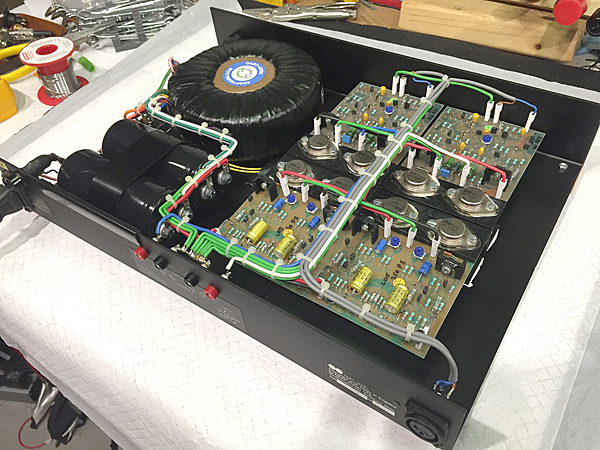
The NAP 250 amp had been treated to AVO's standard rebuild ($1695), which includes all-new tantalum and electrolytic capacitors, all-new trim potentiometers, and more. The amp also got some Deep Cryoed Z Foil resistors of its own ($150) and a Deep Cryo treatment for its mains transformer and wiring loom ($500). The Hi-Cap power supply had the full AVO rebuild appropriate to that product ($995), plus PrehKeyTec locking DINs ($295) and its own transformer cryogenic treatment ($500). The amplifier and power supply were also supplied with AVO's TibiaPlus 12 Deep-Cryo AC cords ($219/6').
No less important for the purposes of this review was an adjustment to the amp's B+ rail, applied by Chris West to make the NAP 250 more suited to the Quad ESLs. As West explained in an email, "Normally each amp channel runs off +39.3/–39.9 DC voltage rails supplied by two regulated power supply circuits. For safe use with Quad [ESLs], the rail voltages are dialed down to +36.3V/–36.9V."
For those readers who are unfamiliar with the brand, Naim Audio has, since their founding in 1972, specialized in solid-state amplifiers of generally modest to moderate output power. (The NAP 250 of 1988 output 70Wpc into 8 ohms—scarcely less than their then-flagship amp, the 75W NAP 135 monoblock.) Other Naim characteristics include their use of quasi-complementary class-AB output stages—NPN transistors are used for both halves of the waveform, rather than the far more common approach of using NPN devices for one phase and PNP for the other—and Naim's amps make extensive use of star grounding. The latter has consequences beyond each product's chassis: In a Naim-centric system equipped with a Hi-Cap, that external power supply becomes the central ground point to which all other electronics (and in some settings even the turntable and tonearm) are referenced.
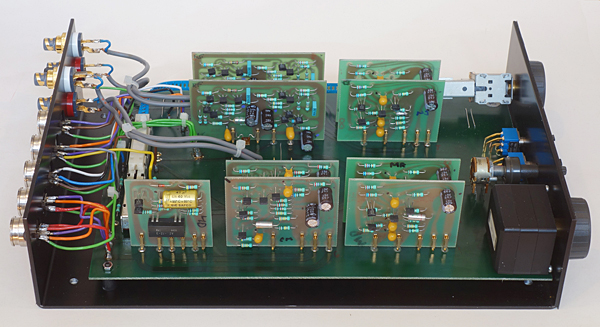
Older Naim products also possess the endearing combination of sensible size and different-drummer styling. As for the latter quality, my review samples all sported the company's original "chrome-bumper" casework, named for the polished edges of the otherwise black-painted aluminum extrusions in which they were housed. Speaking only for myself, I miss that look and would go as far as to suggest that Naim Audio Ltd. (footnote 4), now owned by Focal, is missing the boat by not offering a period-correct "vintage-reissue" Naim Nait 2.
And then there are my Quads, the rehabilitation of which I began to recount in the June 2006 Stereophile. They remain as they were at the completion of that project, with one exception: After seeing and hearing, on more than one occasion, the ESLs owned by Robin Wyatt of Robyatt Audio, which are fitted with Spider Leg stands designed and build by Electrostatic Solutions ($795 for a stereo set, footnote 5).
I bought and installed a set of my own. These supports, which are machined from solid maple, take the place of the Quads' slim beechwood side panels; integral to the new panels, which measure 1.125" thick, are gracefully curved feet that elevate the ESLs in a way that I find perfect for close-range listening in a smallish room. (For Quad owners with larger rooms, taller Spider Legs are available at a higher cost.)
By The Time We Got To Salisbury
"Poor Boy, Long Ways From Home," an antecedent of the Rolling Stones' "Prodigal Son," sounded enjoyably relentless. "In Christ There Is No East or West" was equal parts reverent and joyful, the latter especially when Fahey switches from strumming out a chordal melody to fingerpicking the tune with a double-time alternating bass line. But it was on the very weird "Sun Gonna Shine in My Back Door Some Day" that the Naim-Quad combination did what I believe it was supposed to do: It presented the music in a direct, forceful, momentous fashion, one in which every note had a life of its own. Indeed, every note was like a word in a strange, disjointed sentence, as one might hear in a dream. Which is to say, it sounded great.
I didn't stop there. Since the Naim gear arrived in August, I couldn't restrain myself from celebrating the 50th anniversary of Woodstock by listening to the first two albums' worth of music to be released from the festival, compiled in the 2009 box set Woodstock (5 LPs, Cotillion/Rhino R1 519622).
The most notable qualities brought to Crosby, Stills & Nash's "Suite: Judy Blue Eyes" by the Naim-Quad system, compared to my usual electronics and speakers, were the clarity, presence, and downright spooky realism of the voices between the speakers. Yet the Naim electronics did nothing to dispel my idea of the Quads as most suited to nearfield listening, as opposed to filling a whole room with music: If anything, the Naims made me pull my seat even closer to the electrostatic panels. Rest assured I was rewarded.
An even greater reward came with the album's next selections: Crosby, Stills, Nash & Young's "Sea of Madness," a great performance of a pleasantly quirky Neil Young song (which, it turns out, was not actually recorded at Woodstock: Apparently the title's appropriateness to the event overruled the forthrightness of artists and record producers alike). A standout was Greg Reeves's electric bass line, which was deep and resonant yet tight enough to sound like music and not just a pleasant low-frequency sound. Through the Naims and Quads, I missed not one note of Reeves's superb playing: His occasional ultrafast triplets were a treat. And Joe Cocker's "With a Little Help from My Friends" sounded magnificent, owing especially to the insight the system offered into the nuances of the lead vocal and of the falsetto backing vocals gamely supplied by members of the Grease Band.
1969 beckoned again, this time in the person of the recently released (as I write this) three-LP Anniversary Edition of the Beatles' Abbey Road (3 LPs, Apple/Universal 0602508007466). John's rhythm guitar on "Come Together"—especially during each chorus, when he dialed up the intensity of his playing—sounded convincingly present. And Paul's bass—which is the driving force behind this very arrangement- dependent song, and which gives it its redeemingly sinister quality—was well done, if a little boomy on a couple of notes. As for detail retrieval—well, the Quad ESL wrote the book on presenting detail without brightness and without sounding fiddly, didn't it? Ringo's off-mike shout following the instrumental measures was clearly audible, as was the hard-to-describe wink in Paul's voice during some portions of "Maxwell's Silver Hammer," a song I can do without. (I never said a more detailed presentation was always a good thing.)
The downside of the Naim-Quad combo's performance with this album? A lousy sense of scale—actually no scale at all. John's voice in "I Want You (She's So Heavy)" sounded like it was the size of a G.I. Joe doll. Similarly, on the recording of Mozart's Requiem by Roland Bader, the Böblingen Bach Choir, and the Stuttgart Philharmonic (LP, Vox STPL 512 740), the sounds of all those instruments and voices were miniaturized and those massed voices often sounded strained.
But never mind. The sound of Johnny Griffin's tenor sax, not to mention Max Roach's explosive drumming, throughout Griffin's "Chicago Calling," from Introducing Johnny Griffin (LP, Blue Note 1533), was what the Naim-Quad combo was all about. This performance pressed every one of my buttons, music lover and audiophile alike, at the same time. In fact, this gear obliterated that distinction. There was audible space around all the instruments, which came across exactly as one hears it in a live setting. Cymbals sizzled, neither too little nor too much. Curly Russell's bass propelled the music with crazy temporal realism. There was clarity, touch, and—through this rebuilt preamp and amp—more timbral color than I've ever before heard from Naim gear.
Then I came back to small-scale acoustic music: On a copy of the folk-lullaby collection Golden Slumbers (LP, Caedmon TC 1399), given to me by Herb Reichert, the combination of Naim amplification and Quad electrostatic panels presented an unusually rich-voiced Pete Seeger with a scary-present banjo. Yet that level of realistic presence was nothing compared to the voice and nylon-string guitar of Oscar Brand singing "Twinkle, Twinkle Little Star." As Herb might put it: Folks, this is one of the most musically charming records you'll ever hear. The sense of being in the room with the performers was so real, I could almost smell the wax of the candles that surely lit the recording space during these sessions. Golden Slumbers is already one of my favorite records, and I think I'd rather listen to it on this gear than anything else.
Whenever I introduce a product to my system, the last question I ask myself is: Could I live with this? This time out, especially with music that didn't need to sound big to succeed, the answer was an unambiguous Yes. Hey, I already own and love the Quad ESLs, even if they don't spend as much time in front of me as they used to. And of all the ways I know to successfully feed and drive them—I certainly haven't heard them all—my all-around favorite approach is the one provided by classic Naim electronics. Is my opinion colored by nostalgia, or by my rekindled love for small-scale acoustic folk music—or is it just the chrome-bumper thing? Possibly: I'm only human. But at the end of the day, it seems to me those crazy flat-earthers of yesterday had at least one thing right: There may be other amps that sound better in one regard or another, but there aren't a great many that simply play music better than a Naim.
And so we come back to John Fahey's Blind Joe Death. I couldn't imagine a more suitable recording with which to relive the joys of 1980s-era Naim amplification, which is known for performing in a manner indifferent to the technical qualities of the recording at hand, for honing in on the meaning of the music itself, and for finding and communicating all nuances of musical momentum, flow, and pacing. So I directed the output of my usual LP-playing front end (Garrard 301 turntable, EMT 997 tonearm, EMT TSD 15 pickup head, Hommage T2 step-up transformer) into the Naim preamp's phono input, connected the Naim amp to my Quads with the same 21' pair of AV Options Twisted 56 speaker cable I used with the vintage Nait 2 ($674 plus $195 for the Deep Cryo treatment), and sat down to listen.
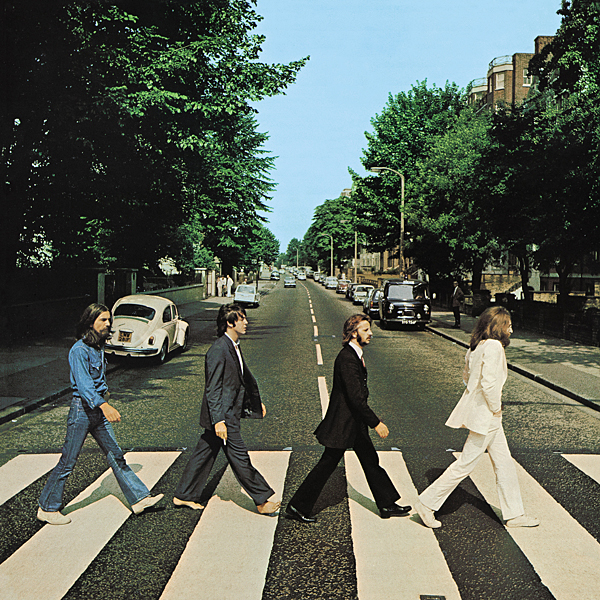
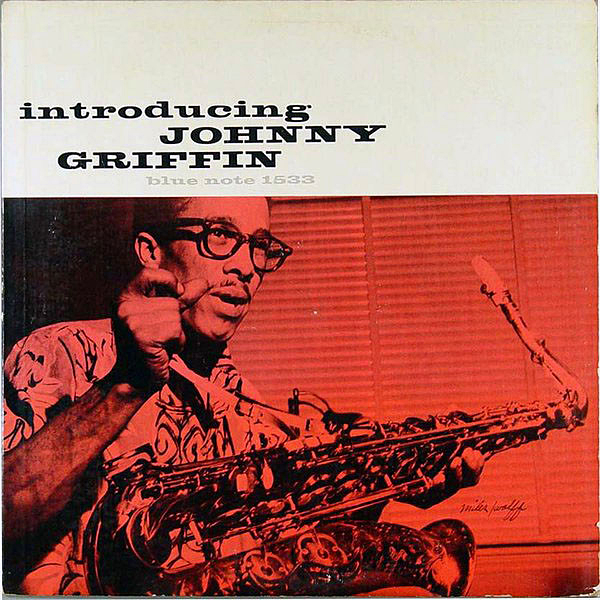
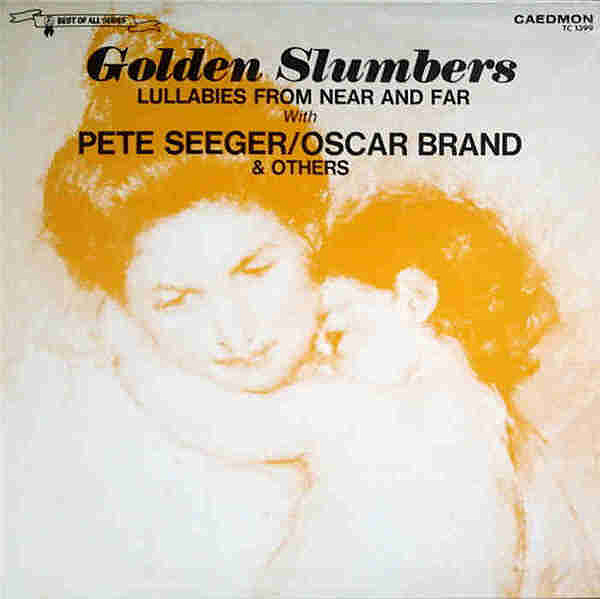
Footnote 3: AV Options, Tel: (847)329-9549 Web: avoptions.com.
Footnote 4: Naim Audio Ltd., Southampton Road, Salisbury, Wiltshire SP1 2LN, UK. Tel: (44) 1722-426600. Web: naimaudio.com.
Footnote 5: Electrostatic Solutions, 2929 Cherry Street, Kansas City, MO 64108. Tel: (913) 208-7657. Web: estatsolution.com.

"Definitely, effusively and highly recommended" ........ That is what KM said, after reviewing Naim Uniti Nova integrated amp :-) ........

From the recording end one can think of all the possible combinations of mics, mic preamps, (cables, why do I even bring THAT up) that were used, whatever the acoustics of the recording venue were, good or bad, the condition of the recording console, and other variables, it is no wonder that one system may not be enough.
The condition of the tape machine, properly serviced? New or old tape? Were the levels too hot or too low? These are the kinds of thought that could make us all wonder how some recordings sound as good as they do. You even brought up the condition of the instrument(s). It is all a part of it. I just watched a video of the huge collection of guitars that Vince Gill owns. A whole variable color of sounds there.
With the extra time I have had over the holidays I have been watching much music off YouTube of performers I admire. Getting to watch them perform decades ago, many on transfers from black and white film, has been great fun. I am finding that watching performers is as much fun as the audio only part. The audio quality is far lower, but I can still enjoy it.
I remember back playing DJ (mostly 78's) to my ailing father when I was 6 & 7 on an old flip-top RCA changer with a swell 8" duo-cone speaker in a beautiful mahogany cabinet ( the best part of the equipment) to be as important as anything I listen on today. It never occurred to me, or my musician father, that others were enjoying the same music on much better gear from the likes of AR, Bozak, Altec, Harman Kardon, Fisher, Garrard, SME and others. When your world is small you just don't know about such things, you just enjoy what you have.
I have 3 very modest system, but many more with all my headphone options and headphone amps. I have the ability to change the presentation at will, much like what you have done and find that some combinations work better then others. It is no different that when I have some bass heavy music I cannot use my Audio Technica ATH 50X and 40X headphones which make the presentation even worse with their added bass response. I then move onto my AKG's.
Thanks for the great read.


....All just went apeshit after this article was posted.
Nothing like validation. Great writing, Art. Also great to see a man of life and experience readily set foot back into his river's headwaters and acknowledge the purity found.

I remember getting a close look at Naim gear at 1984 Summer CES in Chicago ( in the LINN Room ) while the Linn people were removing the ceiling loudspeakers .
I loved Brit. Electronics back then. As a Consumer I could've owned Naim gear, I still can if I could find 120v versions. ( eBay has a smattering of Naim listings, mostly 220v ).
I'm also dreaming of some Sugden gear.
This is a heart warming story ( for me ) about Naim & Quad, a beautiful piece of literature that lures me back to 1980s from the first quarter of the 21st Century where Shirt Pocket High performance Audio Systems can easily scale up to Room Filling performance.
I loved the 1980s World of Koetsu and 33.3/45 Direct to Disc, VPI turntables, Electrocompaniet Electronics and thousands of 33.3 Vinyls.
This Article alone made this Stereiphile Issue worth having, thank you.
Tony in Venice ( Iowa )

... possible exception of phono cartridges, no advancements have been made in the technology of sound reproduction equipment during the past half century.
Now, excuse me while I go fire up the Fisher Custom Electra console.

AD may like the new McIntosh MTI100 all-in-one, integrated turntable, $6,500 ....... AD may consider that McIntosh turntable as an advancement :-) ........

AD may also consider the new MAG-LEV Audio, magnetic levitation turntable, $2,900 (with phono cartridge), as an advancement :-) ........

... acceptable to AD because the platter isn't driven by a hockey puck.

In that case, AD may not like the new Andover Audio Model One, all-in-one turntable (starting at $2,500), either :-) .......

Reverend Robert Wilkins wrote that song, word for word and note for note. Keith and Mick just took credit for it in the liner notes and in the royalties. And before the song was Prodigal Son, Wilkins sang it as That's No Way to Get Along.

Just read this piece of nostalgia with great relish! Brought me back to the days when recorded music first hooked me and eventually and ultimately pushed me to audiophilia (not the journal) like all of you folks. Can't remember the make & model of the first record player I had but it was a small tabletop-type thing. To this day, I remember being at my grandmother's house when I must have been 7 or 8, playing "The Battle of New Orleans" by Johnny Horton on that thing, over & over again, probably about a dozen times in a row, at least, because I just fell in love with that song for some reason. God Bless Her! My grandmother who was no more than 20 feet away in the kitchen at the time, no doubt preparing yet another delectable feast, never complained once! Wish I still had those old 45s! Also loved listening to those old records on my folks' Grundig Majestic 7028 console. Beautiful thing! It had an AM and shortwave radio receiver built into it. The VTF of that tonearm must have been half a ton. Little did I know at the time. One of these days, I'm going to wrestle that old Grundig away from my sister, put it in my living room and revere it for the priceless piece of history that it is. Eventually, after 8 track tapes, I was able to afford my first foray into the entry level world of audiophilia, a Philips 212 Electronic TT, Sansui 2000x receiver and Studiocraft speakers, which quickly gave way to Ohm C. Still have the Sansui. Still works but needs to be overhauled. And, as they say, that's the way the whole thing started! Happy New Year to all of you and may the music be with us always!

Speaking of Naim, today, January 14th, marks the 20th anniversary of the death of Julian Vereker. I cannot believe 20 years have gone by. I miss those early Naim days, its products were simply far more interesting than they are today.